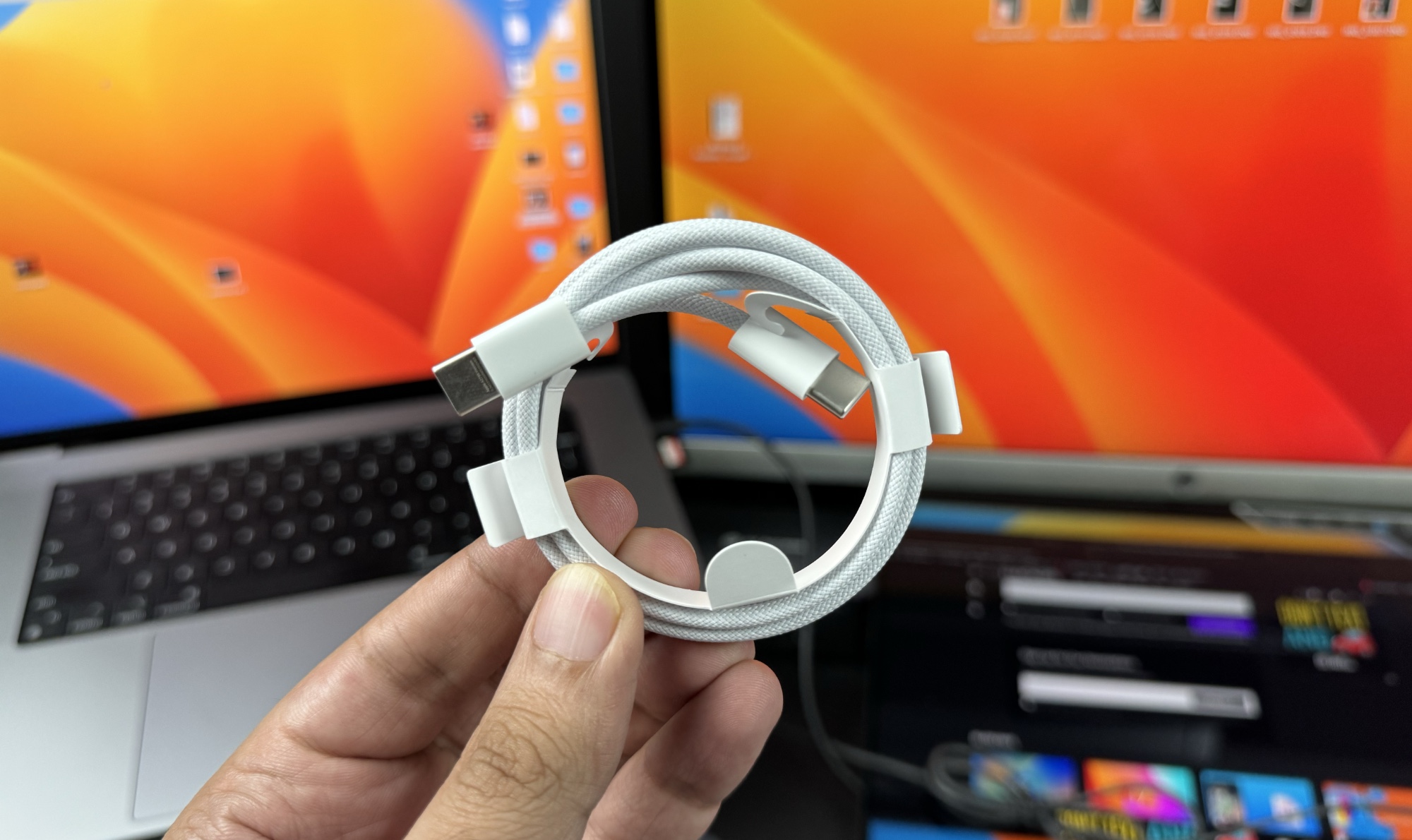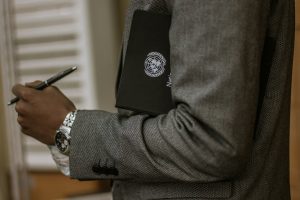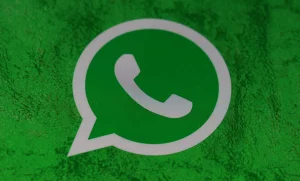
How To Tell If Apple USB-C To USB-C Cable Is Genuine Or Counterfeit
Are you wondering if your iPhone USB-C to USB-C cable is genuine or counterfeit? Then you are in the right place as that is exactly what we are going to help you identify.
In this article, we will tell you how to identify if an iPhone 15 USB-C to USB-C cable is fake or real. If you have a lightning cable, you can check out this guide to find out if your Apple Lightning cable is genuine or counterfeit.
Now that Apple has completed its shift to USB-C all Apple devices that support USB-C come with a USB-C charging and data cable in the box. You can also purchase an Apple USB-C cable from Apple’s official website and third-party stores.
Using a genuine USB-C cable from Apple or other brands is very important as it provides the fastest charging and reliable data transfer speeds. A fake or counterfeit USB-C cable can also be harmful to your device and damage your iPhone or iPad.
On top of causing hardware damage to your iOS device a fake USB-C cable that is made with low-quality material can also cause fire or increase the risk of the user getting electrocuted.
Another issue with using counterfeit Apple USB-C cable with an iPhone or iPad is that you might get errors on your device telling you the accessory you have connected is not supported.
How to check if Apple USB-C cable is counterfeit or fake
There are two types of USB-C to USB-C cables. The woven USB-C cable and the standard USB-C cable. Let’s talk about both of them.
Woven iPhone 15 USB-C Cable
If you have bought an iPhone 15, iPhone 15 Plus, iPhone 15 Pro, and iPhone 15 Pro Max then the first thing you should check to see if your iPhone USB-C cable is genuine or not is the material the cable is made with. The USB-C cable that comes inside the iPhone 15 box is woven or braided. This is the first time Apple has included a woven cable with the iPhone. If the cable that was provided to you by a used iPhone’s seller is not woven or braided, then chances are you have been provided a counterfeit cable.
On the original woven iPhone 15 USB-C cable’s connector is engraved with text that reads something like ‘Apple A795 Vietnam’ followed by the cable’s serial number. The engraving is found on one side only, which means the other connector should not have any sort of engraving on it.
While the cable we checked was made in Vietnam, a braided Apple USB-C cable could also be made in China, Indústria Brasileira, and India.
The Standard Apple USB-C cable
While the iPhone 15 USB-C cable is woven, Apple also sells USB-C cables in its stores that are not woven. Similar cables also ship with USB-C supported devices including all iPad models with USB-C ports, Apple AirPods with USB-C charging, and other Apple products.
The non-woven standard Apple USB-C cable also carries engraving. However, unlike the woven cable the engraving is found on the cable itself.
Look carefully until you find the following text engraved on the cable:
“Designed by Apple in California Assembled in China [Serial number]”
The engraving on this cable starts at just under 7 inches (6.8 inches) from the nearest connector’s head.
Although the cables we have seen carry Assembled in China engravings, it is possible that the cable you have could be manufactured in other regions such as Vietnam, Indústria Brasileira, India, etc.
Serial Number
All original Apple USB-C cables carry a serial number. The serial number is unique and is a combination of numbers and letters. If your USB-C cable does not have a serial number engraved on it, then it is most likely a fake.
As for checking the serial number on Apple’s Check Coverage tool, I received an error saying ‘Please enter a valid serial number’ when I entered the serial number of my genuine USB-C to USB-C cable that came with the iPad Air. So do keep in mind that if you get an error, it does not mean the cable is not genuine.
There you have it folks, this is how you can find out and check if Apple USB-C to USB-C cable is genuine or not.
By following these tips you can check if an iPhone or iPad cable that came with your used iPhone or iPad is original or check if the cable you have purchased from a third-party store is original or not.


